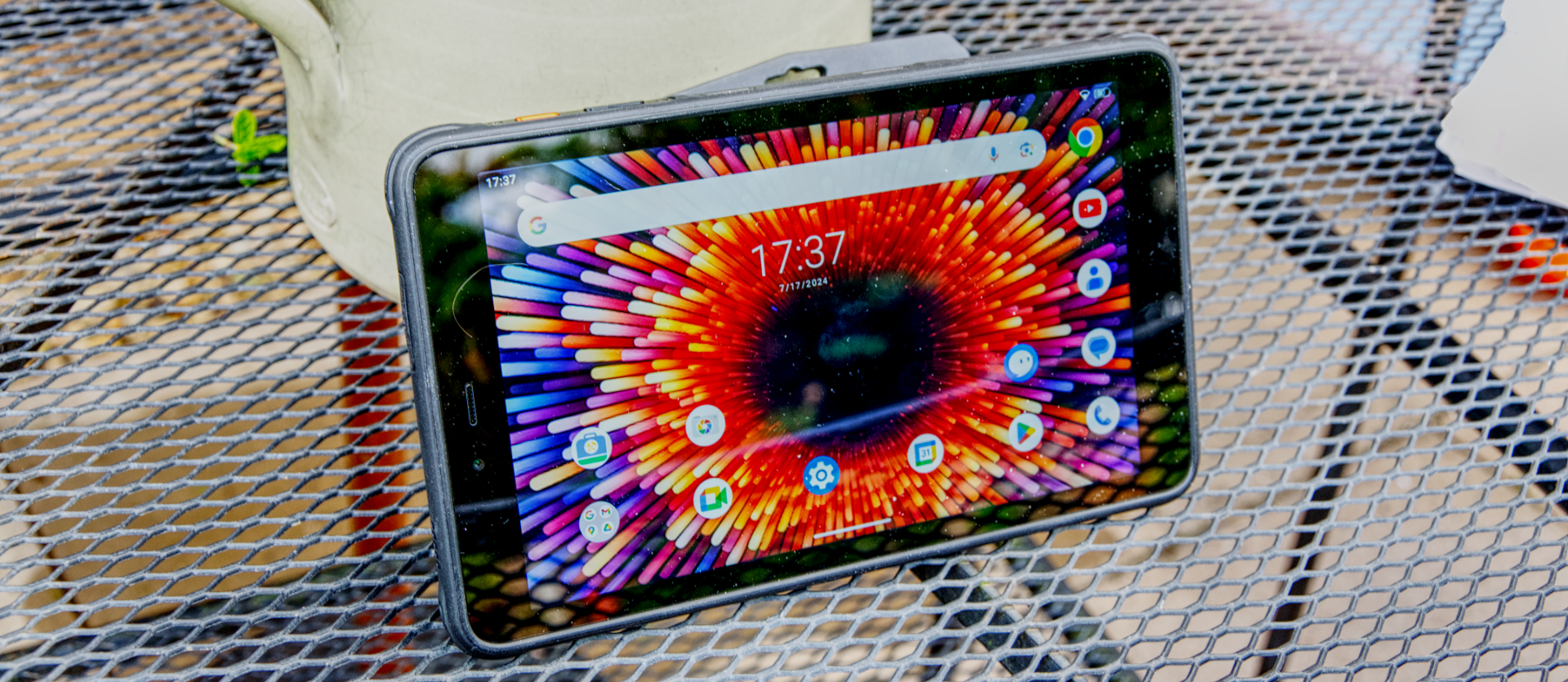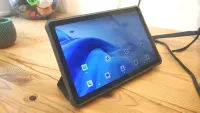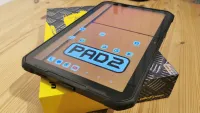TechRadar Verdict
The best aspects of this design are its form factor and portability. But it lacks the punch of the G99-powered tablets. More thought was needed to make it easier and quicker to charge. It's still great value for money for those who might need a cheap endoscope.
Pros
- +
Tough exterior
- +
Decent main camera
- +
Tons of accessories
Cons
- -
Only wired charging
- -
1080p video recording
- -
The screen is too shiny for outdoor use
Why you can trust TechRadar
30-second review
Having recently reviewed the Samsung Tabe Active5 5G, it appears that a number of tablet makers have seen an opportunity to offer a smaller form factor to those who want an all-weather device.
The latest of these is the Ulefone Armor Pad Pro, an 8-inch tablet built to exacting standards, enabling it to survive being submerged in water at a depth of 1.5m for up to 30 minutes.
There are some nice touches in this design. These include a uSmart connector to connect several special accessories, such as microscopes and endoscopes. It has a screen rated for 500nits of brightness, making it more suitable for outdoor use. While it doesn't offer 5G, it has 4G LTE connectivity via a mobile SIM slot for high-speed communications.
We've reviewed many of the best rugged tablets, and in our experience, this design's weakness is that it lacks charging Pogo pins to prevent repeatedly pulling the rubber plug protecting the USB port out, and wireless charging is also not included.
But at only around £200 or $230, this is a sophisticated small tablet that won't put much of a dent in your bank account.
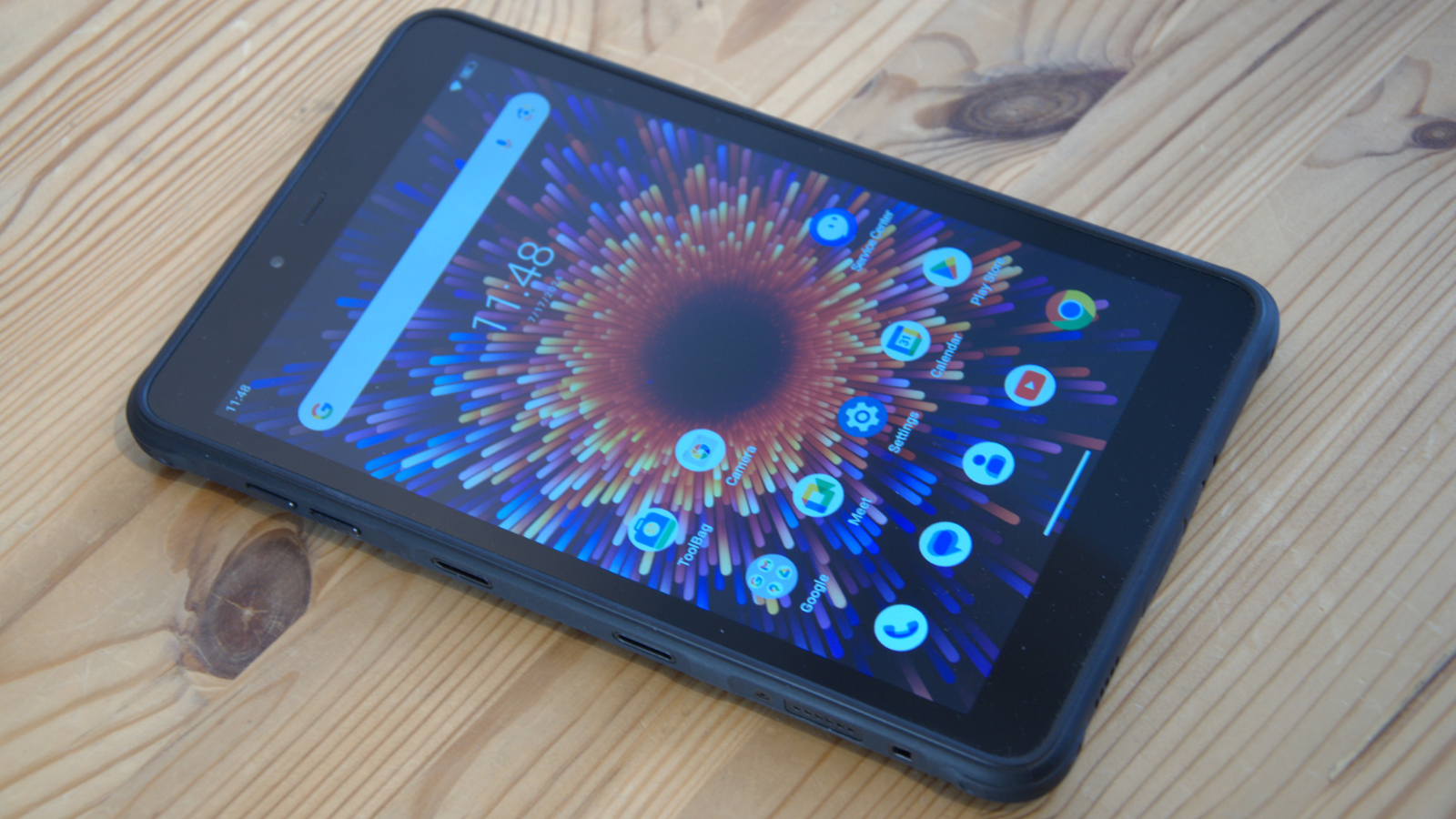
Ulefone Armor Pad Pro: price and availability
- How much does it cost? $230/£200
- When is it out? Available now
- Where can you get it? You can get it in most regions directly from Ulefone or from online retailers.
How much you pay for the Ulefone Armor Pad Pro is entirely dependent on where you get it from and when. On Amazon's Prime Day, it could be had from that vendor for $183.99 in the USA and just £159.99 in the UK. But from AliExpress, it can be sourced for as little as £150 or $180.
That might seem like a steal, but the Oukitel RT3 Mini is about £130 or $150.
Sign up to the TechRadar Pro newsletter to get all the top news, opinion, features and guidance your business needs to succeed!
That said, given the accessory options on the Armor Pad Pro, the Ulefone device might be worth the extra money.
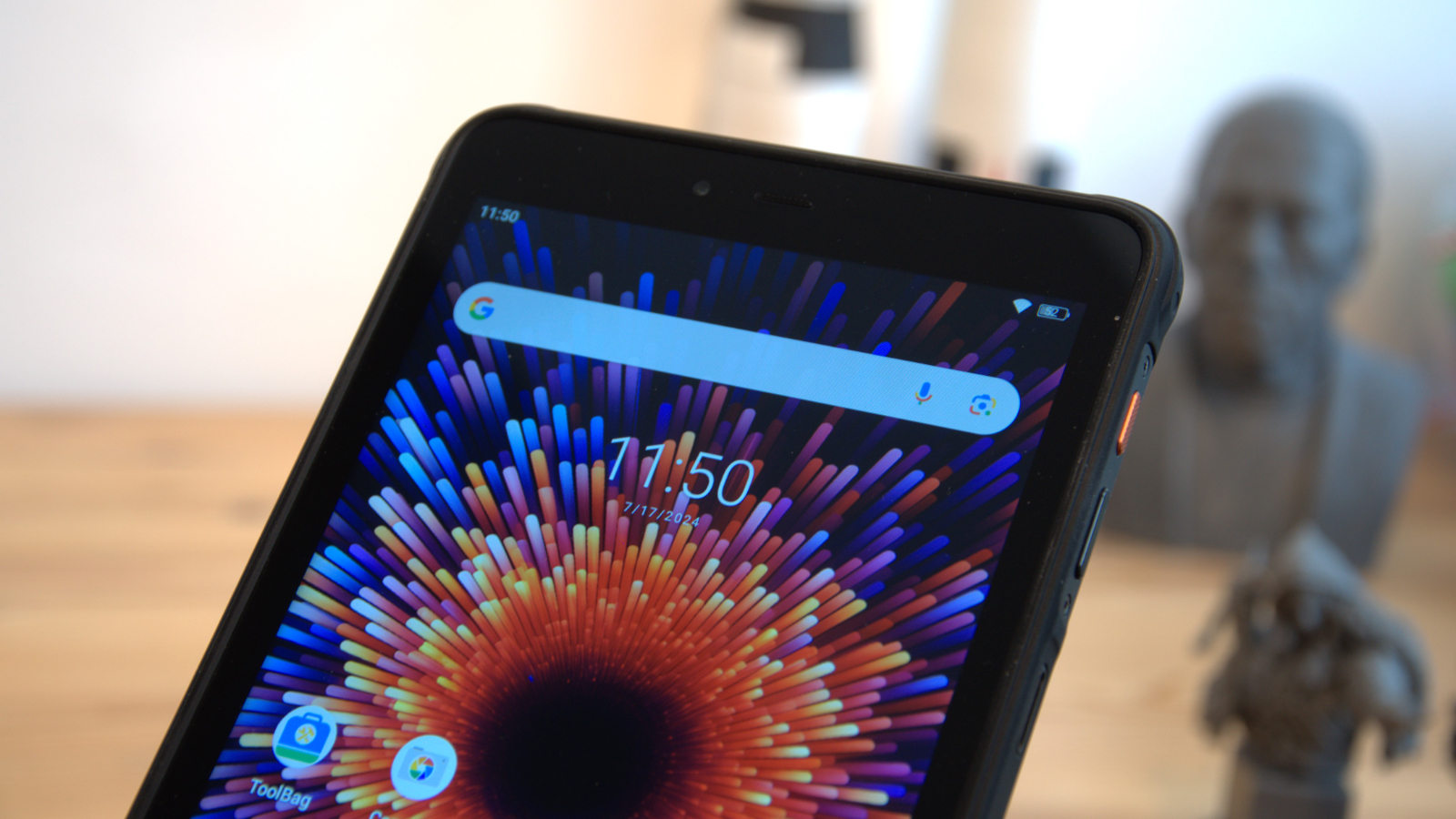
- Value score: 4/5
Ulefone Armor Pad Pro:Specs
| Item | Spec |
|---|---|
| CPU: | MediaTek MT8788 |
| GPU: | ARM Mali-G72 MP3 |
| RAM: | 8GB |
| Storage: | 128GB |
| Screen: | 8-inch IPS LCD 500 nits |
| Resolution: | 800 x 1280 |
| SIM: | Dual Nano SIM + MicroSD option |
| Weight: | 560g |
| Dimensions: | 213 x 128.8 x 14.0 mm |
| Rugged Spec: | IP68, IP69K and MIL-STD-810H |
| Rear cameras: | 48MP Samsung GM2 Sensor |
| Front camera: | 32MP Samsung GD1 |
| Networking: | WiFi 5, Bluetooth 4.2 |
| OS: | Android 13 |
| Battery: | 7650mAh (Max charge 18W) |
Ulefone Armor Pad Pro: design
- Sturdy
- Peculiar button layout
- Screen brightness is good
The Armor Pad Pro's design might not be radical, but its textured underside and soft rubber screen surround make it easy to handle, even after it becomes wet.
At 560g, this feels more like the weight of a smaller rugged phone than a tablet,
The layout isn't like a phone where the audio rockers and power buttons are typically on the same right-hand side. In this tablet, the power button and user-customisable button are on the right, and the volume rocker is on the right.
Using this device in your hands is not an issue, but if it were mounted in a cradle, then the volume rockers would probably be in the wrong place. Ulefone has provided slots on both sides for mounting. But currently, they only use these for a hand strap, which adds a whopping $150 to the cost on AliExpress.
There is also a uSmart connector for the Endoscope and Microscope options, and at least the latest Ulefone implementation of this doesn't require the removal of screws like we've seen on other designs to attach one of these.
At either end of the tablet are two rubber plugs, one covering the USB and audio jack, and at the other end is one covering the SIM tray.
These plugs are relatively easy to pull out with a fingernail and do a decent job of sealing the machine against water and dust ingress. However, some means of charging that didn't involve the USB ports would have been ideal, and Ulefone didn't provide one.
The SIM tray was an improvement over many phone and tablet designs, as it supports dual Nano SIMs and a Micro SD card up to 2TB without forcing you to decide which is more important.
As this tablet only comes with 128GB, plenty of owners might use the MicroSD card option.
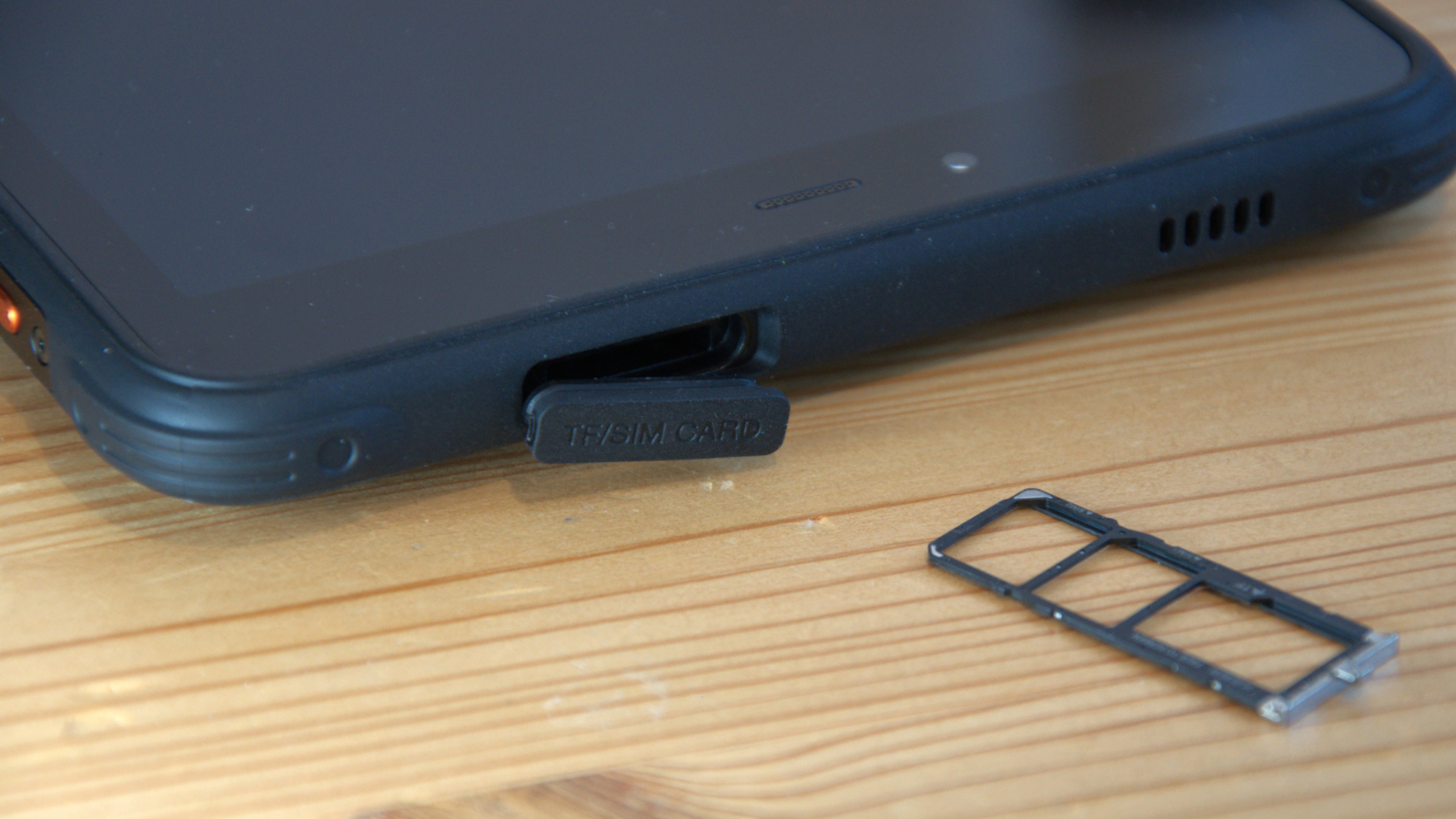
Another striking feature of this hardware is the screen, which, at 800 x 1280, isn't the highest resolution we've seen on a small tablet. However, at 500 nits, it's certainly one of the brighter ones, making the tablet easier to use outdoors.
Dedicated panels for drone fliers often boast 1000 nits or even higher, but on a budget, the Armor Pad Pro might be a better option than using a phone to control the UAV.
What it needs most for that job is an anti-reflection coating or screen protector, but this isn't included.

Design score: 4/5
Ulefone Armor Pad Pro: hardware
- Modest platform
- Decent battery capacity
The Armor Pad Pro is the first device this reviewer has covered using the MediaTek MT8788 (aka the Helio G60), and given that most tablet makers went with the more powerful G99, it's somewhat underwhelming from a performance perspective.
Some of this deficit is due to the G99's faster clock speeds and RAM performance, but the later model was also fabricated on a 6nm chip, whereas the MT8788 is a 12nm design.
Amazingly, the MT8788 reduced performance only impacts the user experience when the system becomes oversubscribed. A classic example of that happening is when you first use the device, and all the apps transfer from your existing tablet and then update.
The overloading results in a sluggish experience until these updates are complete, but the tablet's responsiveness becomes acceptable after that point.
The flip side of lacklustre performance is that the power consumption is relatively low, and its battery capacity can stretch out much further than expected.
The built-in 7650mAh battery is big enough for the job without making the phone heavy, and it's a good bit more than what a standard phone comes with.
To summarise, this is a relatively underwhelming device from a platform perspective, although it has 8GB of RAM, even though Ulefone only includes 128GB of storage. The MT8788 was launched in 2018, making it six years old at this point. Newer, more power-efficient silicon is available, which Ulefone might have wanted to use, but clearly, the MT8788 ticked all the boxes for cost.
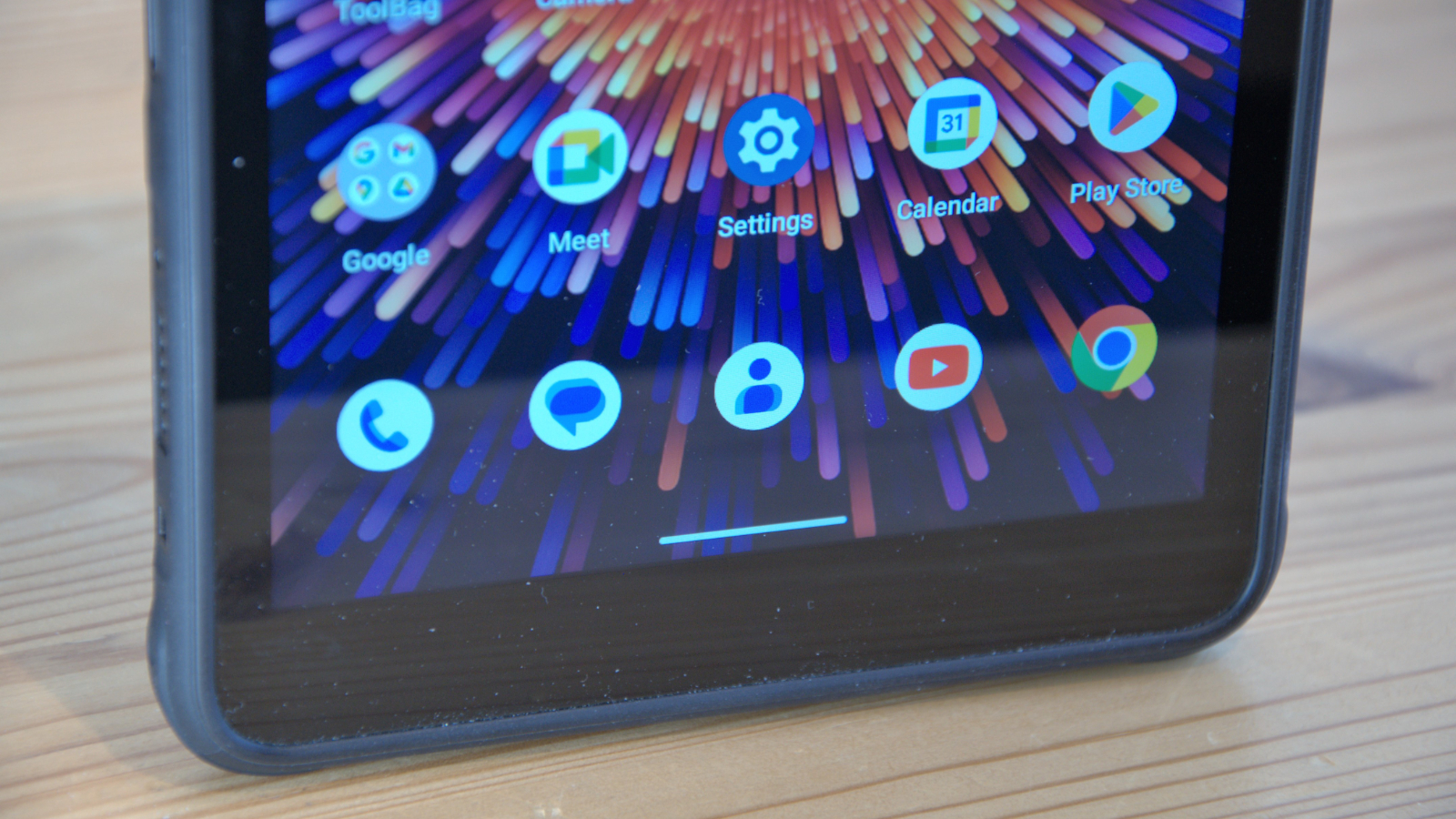
- Hardware score: 3/5
Ulefone Armor Pad Pro: cameras
- 48MP sensor on the rear
- 32MP on the front
- Two cameras in total
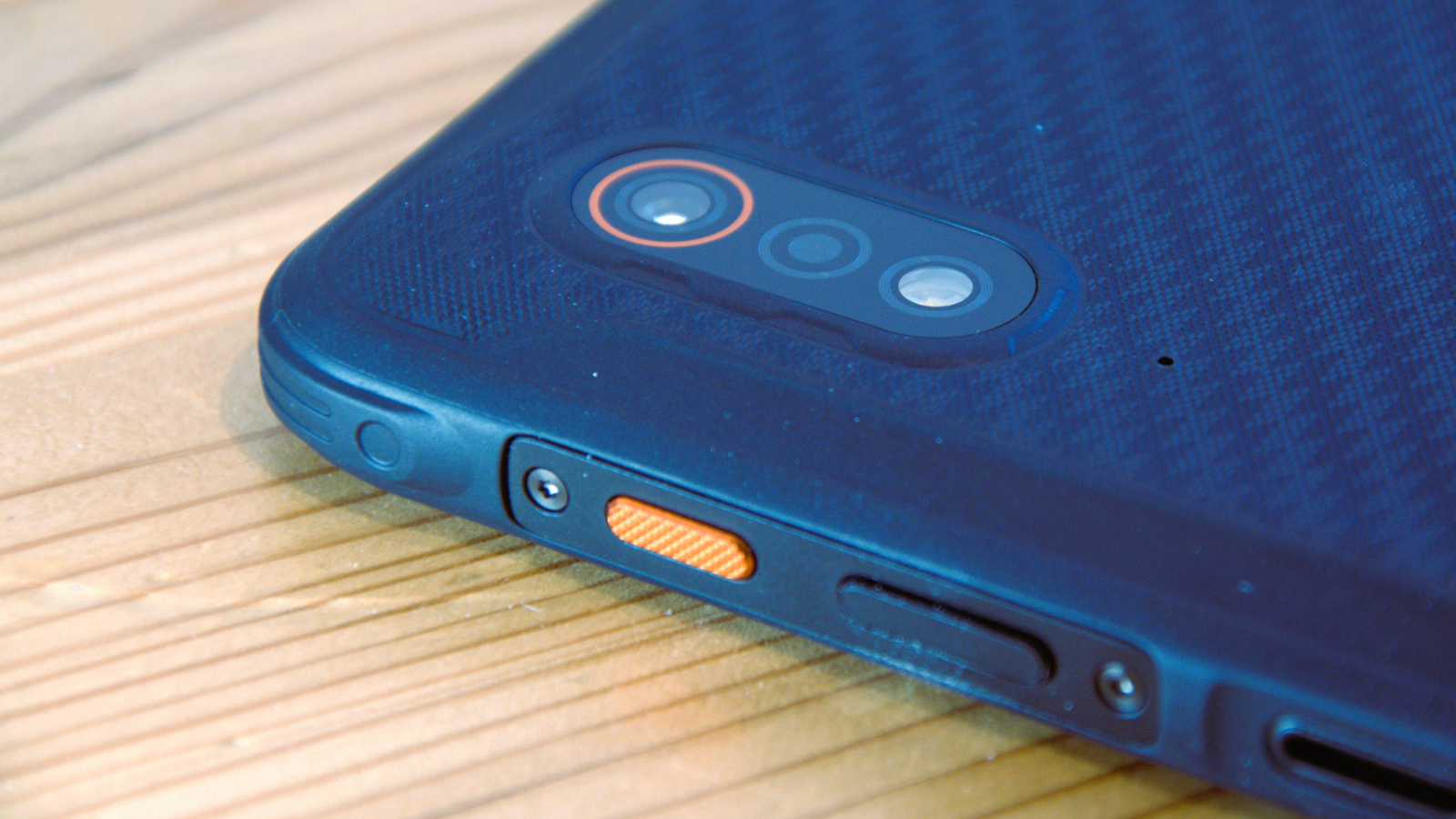
The Ulefone Armor Pad Pro has two cameras:
- Rear camera: 48MP Samsung GM2 Sensor
Front camera: 32MP Samsung GD1 Sensor
Expectations for the quality of phone cameras are sky-high, and even tablet makers are putting good-quality sensors in their machines to generate extra sales.
The flip side of this urge to give the customer what they want is well shown here, where there are two high-quality Samsung sensors, with 48MP in the rear and 32MP in the front.
On paper, that's great because you typically get a sensor that was rejected by budget phones four years ago.
However, the current twist is to offer a highly serviceable sensor, such as the 48MP Samsung GM2 (82.4° FOV, ƒ/1.79) used here, and then utterly ignore many of its best features in the photo app.
To clarify, the GM2 can capture 10fps at full resolution, 30fps at 12MP and up to 240fps at FHD (1080p) in video mode. Are these features available in the photo app? No.
The maximum resolution offered in video capture is 1080p and 30fps, a tiny fraction of the ability of this sensor, which can record 4K video at 60fps.
Having a 48MP sensor is not the same as having a properly software-supported 48MP sensor, and in the Pad Pro, you get the short end of this stick.
In this context, the camera takes reasonable-quality pictures, but the provided photo application massively underutilises the sensor. We've seen way too much of this recently, and it will be called out each time it happens.
Normally, to close the photography section, I often mention that Chinese brands don't care about the Widevine encryption needed to view streaming services at the best quality, and this tablet is no exception, only having L3 support.
But given the relatively low resolution of the screen, it probably doesn't matter.
Ulefone Armor Pad Pro Camera samples

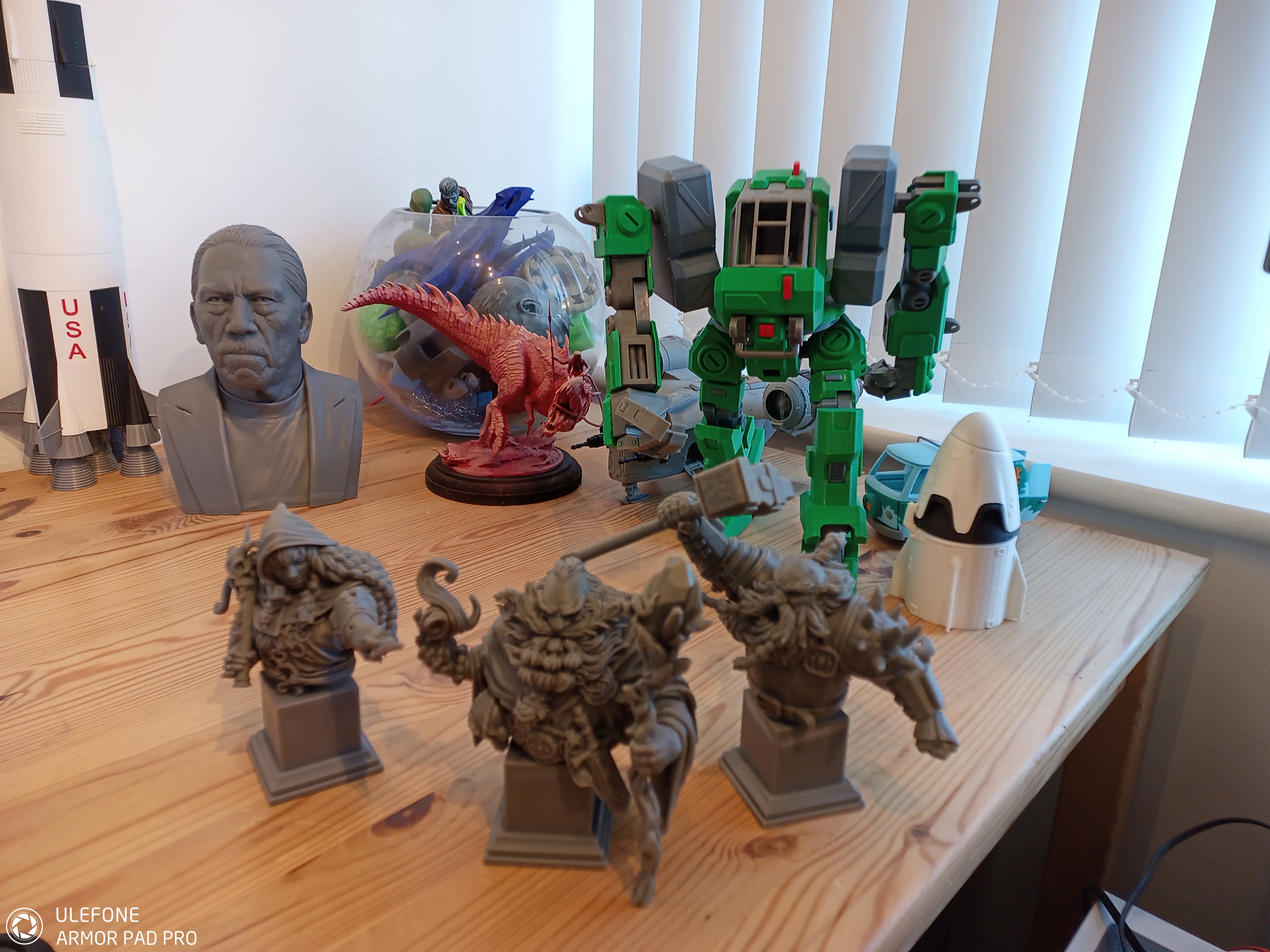



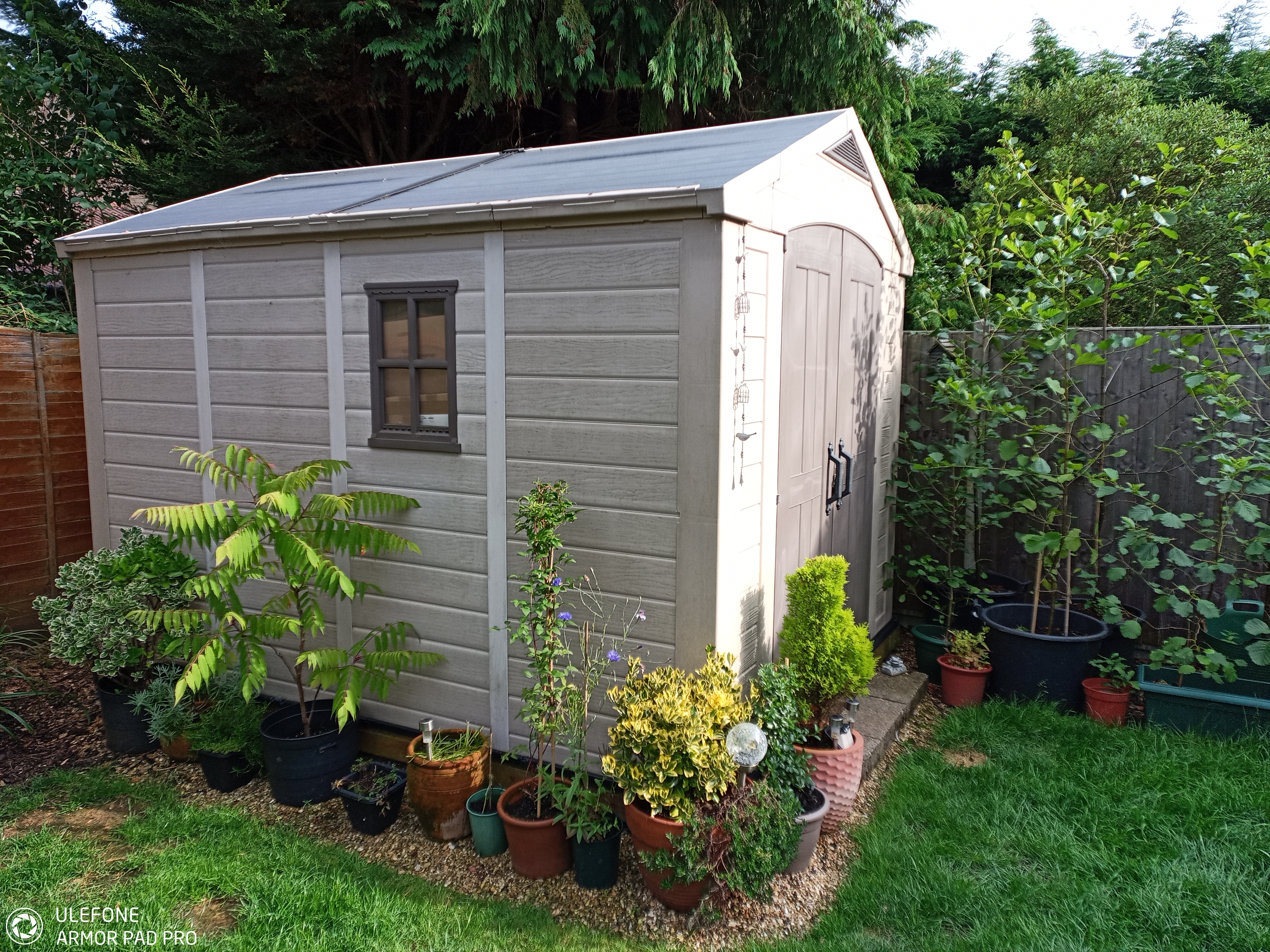
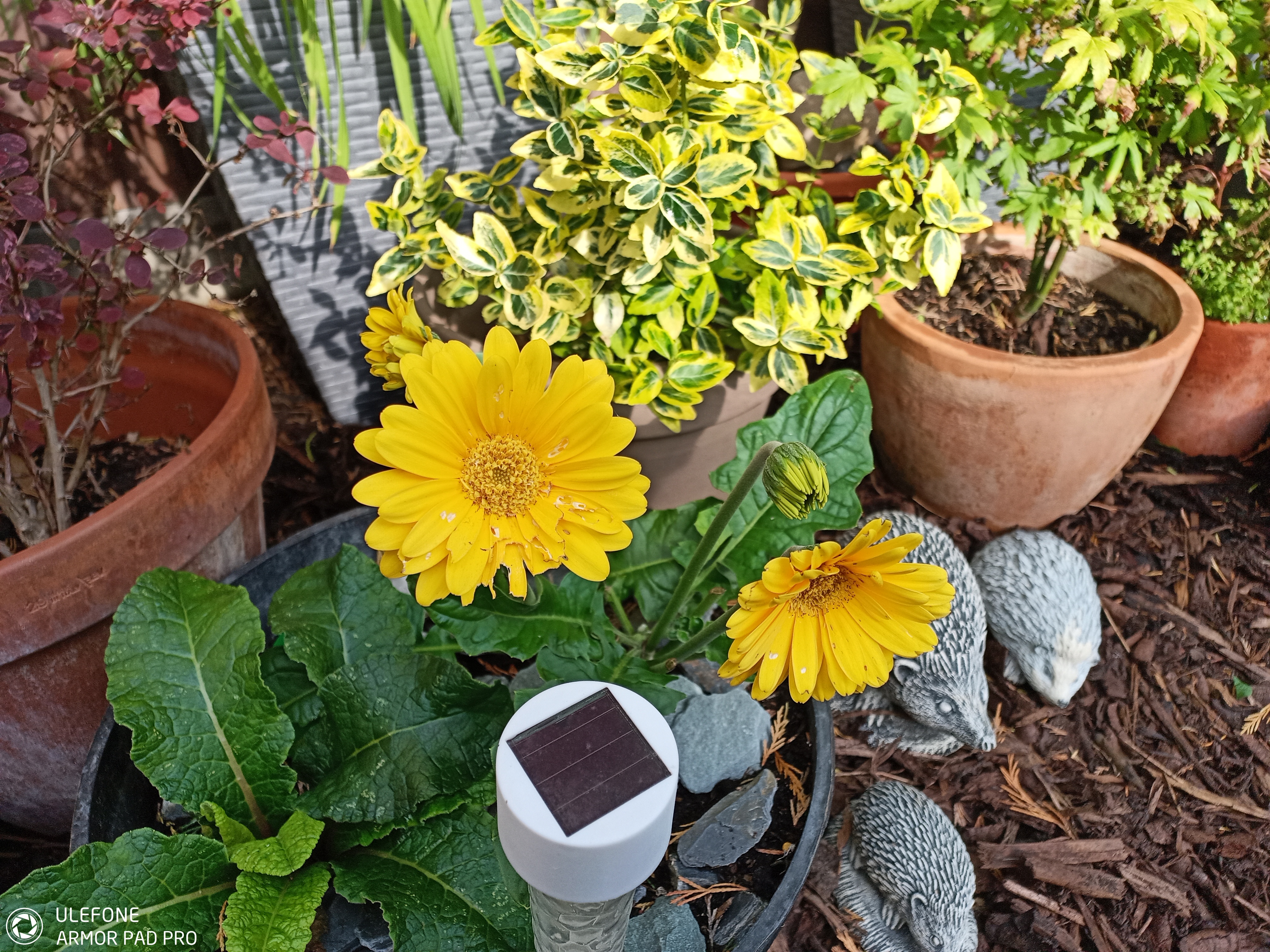
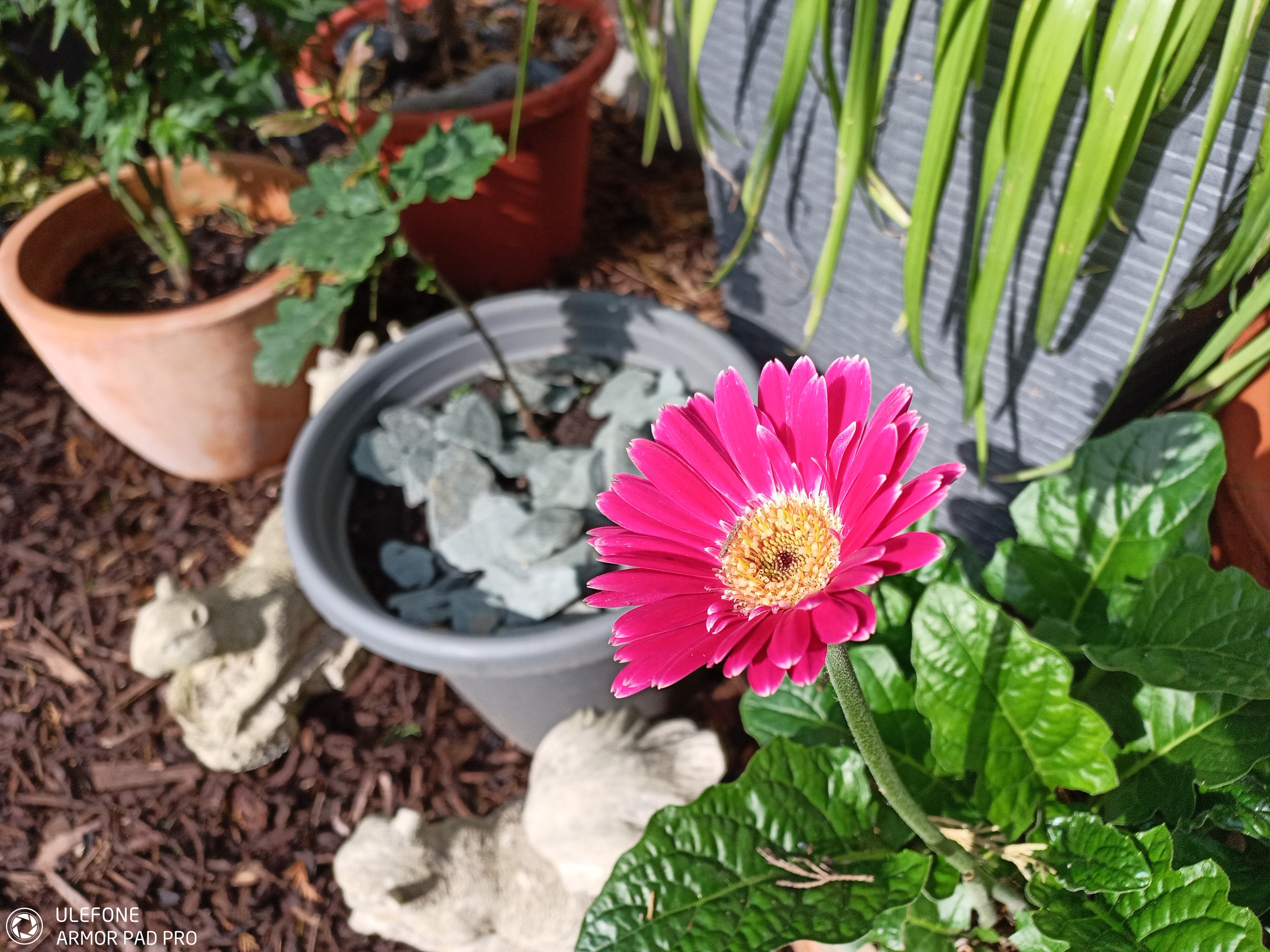

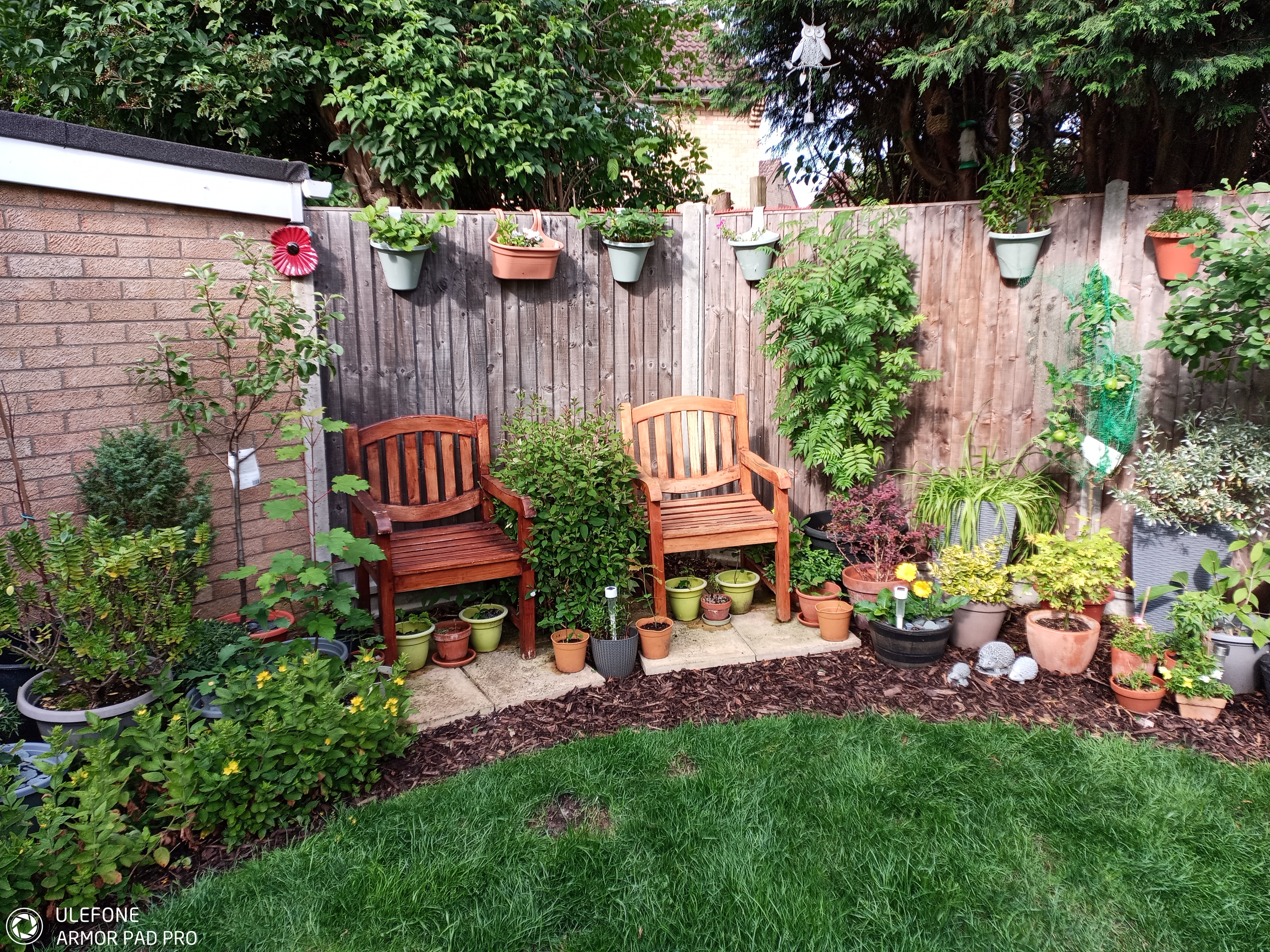
- Camera score: 3/5
Ulefone Armor Pad Pro: performance
- Lacklustre SoC
- Slow charging
| Tablet | Header Cell - Column 1 | Ulefone Amor Pad Pro | Ulefone Pad 2 |
|---|---|---|---|
| SoC | Row 0 - Cell 1 | MediaTek MT8788 | MediaTek Helio G99 |
| Mem | Row 1 - Cell 1 | 8GB/128GB | 8GB/256GB |
| Geekbench | Single | 342 | 544 |
| Row 3 - Cell 0 | Multi | 1239 | 1811 |
| Row 4 - Cell 0 | OpenCL | 1137 | 1481 |
| Row 5 - Cell 0 | Vulkan | 1127 | 1528 |
| GFX | Aztec Open Normal | 16 | 15 |
| Row 7 - Cell 0 | Aztec Vulkan Normal | 16 | 13 |
| Row 8 - Cell 0 | Car Chase | 16 | 14 |
| Row 9 - Cell 0 | Manhattan 3.1 | 26 | 24 |
| PCMark | 3.0 Score | 7070 | 10451 |
| Row 11 - Cell 0 | Battery | 15H 4m | 26h 17m |
| Charge 30 mins | % | 6% | 20% |
| Passmark | Score | 6800 | 9786 |
| Row 14 - Cell 0 | CPU | 3280 | 4655 |
| 3DMark | Slingshot OGL | 1652 | 3508 |
| Row 16 - Cell 0 | Slingshot Ex. OGL | 1259 | 2625 |
| Row 17 - Cell 0 | Slingshot Ex. Vulkan | 1313 | 2474 |
| Row 18 - Cell 0 | Wildlife | 641 | 1219 |
As data wasn't available for another mini tablet comparison that made sense, it seemed appropriate to sit this hardware alongside its bigger brother, the Ulefone Pad 2.
This provides an excellent comparison of what an MT8788 offers when compared to the G99 in the Pad 2, along with some pointers about battery life.
In short, the MT8788 is about 60% of the power of the G99, but it can be much closer with graphics-orientated benchmarks. There is only a 100Hz difference in the clock speed of the GPUs in favour of the G99.
But the important takeaway here is battery life, since the Pad Pro has a 7650mAh capacity battery, whereas the Pad 2 has 18600mAh, or 234% more. With its greater capacity, the Pad 2 doesn't manage double the battery life, possibly because it offers more computing performance.
The Ulefone marketing material presents the idea of five working days for the capacity of the Pad Pro. That seems unrealistic unless you only work three hours a day. With some careful power management, turning off WiFi when not needed, and reducing screen brightness more than we did in benchmarking, it should be possible to get three working days out of this tablet.
The caveat to draining the battery this way is how slowly this machine charges. The tablet is provided with an 18W charger and its specifications state that it can charge at that rate.
But irrespective of what charger and cable we used, the most power it digested was around 4.6W, or a quarter of that level. Assuming our review hardware wasn't faulty, that it took 30 minutes to get 6% of the battery charged from a 20% start point is poor. And, at that rate, it would take about 7 hours to get to 100%.
We've seen tablets that can wirelessly charge at 33W, so this is the Pad Pro's greatest flaw.
- Performance score: 3/5
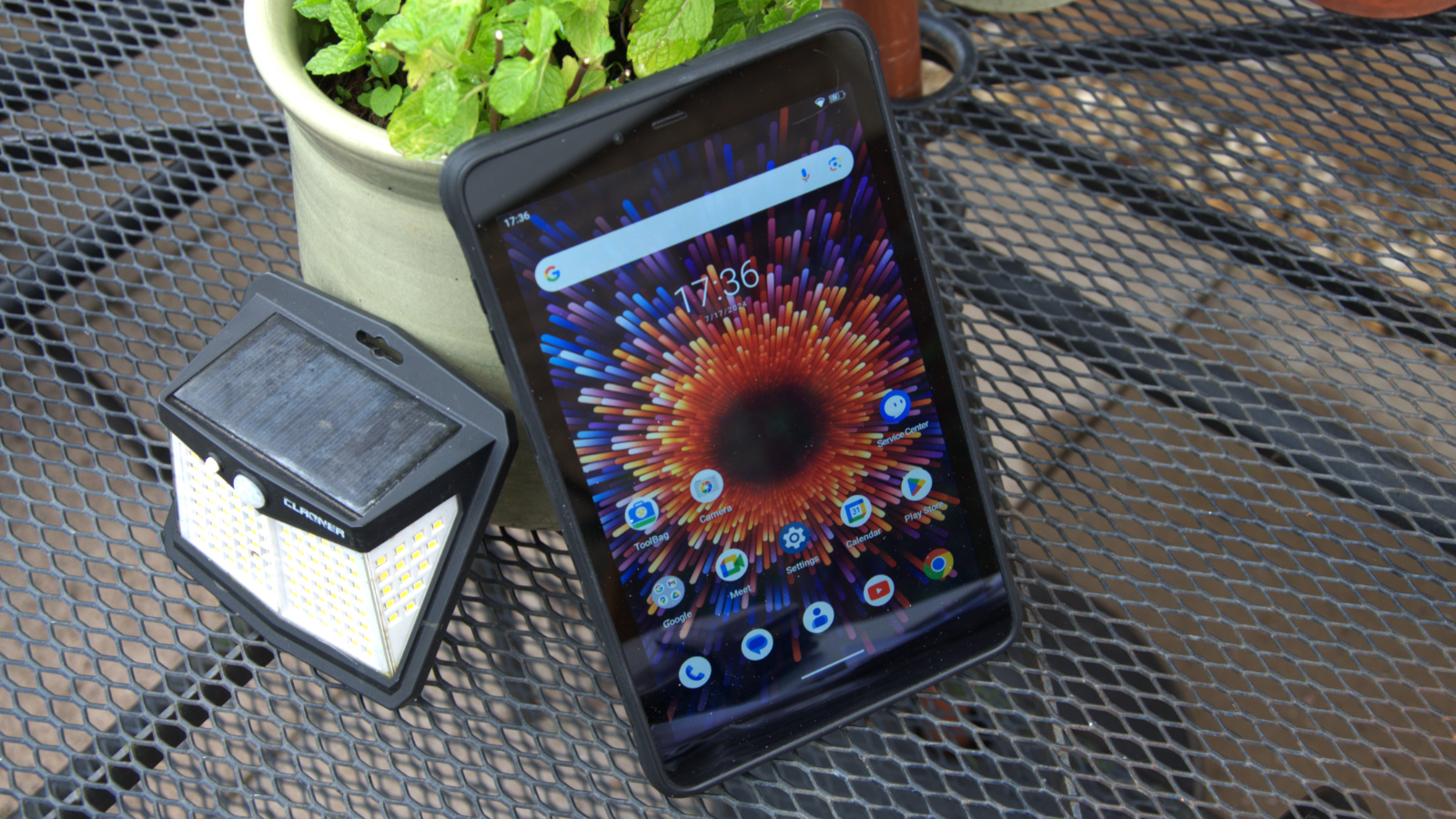
Ulefone Armor Pad Pro: verdict
The Ulefone Pad Pro is cheap and largely cheerful as a basic tablet. It needs a vehicle mount, and the design needs faster charging, but as a rugged Android 13 device, we've seen much worse, priced higher.
If you need an endoscope or microscope for work, this is an inexpensive way to get one that works reasonably well. This tablet can cope with getting dirty and even wet without dying immediately.
The battery is big enough to last a few days of use, but the charging speed is slow and doesn't support wireless charging.
Overall, the Ulefone Pad Pro is surprisingly good for the low price if you are willing to accept some of its quirks.
Should I buy a Ulefone Armor Pad Pro?
| Attributes | Notes | Rating |
|---|---|---|
| Value | It is a cheap tablet, and at these prices, this functionality represents great value. | 4/5 |
| Design | It is impressively built and rated to spend up to 30 minutes submerged. But it lacks wireless charging. | 4/5 |
| Hardware | Underpowered by modern standards but workable. | 3/5 |
| Camera | A decent rear sensor is undermined by a lack of support for any video resolution above 1080p or frame rate controls. | 3/5 |
| Performance | Fast and powerful, but the SoC drains the battery too quickly | 3/5 |
| Overall | Not bad, but equally, maybe another $10-20 might have made it spectacular | 4/5 |
Buy it if...
You need a phone for outdoors
The Armor Pad Pro's water and dust resistance is enough for working outside, even in the rain, and it can withstand being dropped.
You want a uSmart tablet
The uSmart connection on this tablet enables the attachment of two different endoscopes and a microscope to this tablet. These accessories are cheap, like the tablet. If you work with car engines or need to solder small components, this tablet might be ideal.
Don't buy it if...
You need 4K video
The sensor on this tablet is capable of 4K video and 240fps slow motion capture, but the camera app says 'No'. It might be possible to buy a camera application that can get you those features, but we'd recommend buying a tablet that does those things inherently.
Performance is important
With an older SoC, the performance of this tablet is nothing to write home about. Games and more intensive graphics apps might struggle on this platform, and you can get more powerful tablets for a similar price.
Also consider
AGM PAD P1
Another inexpensive, rugged tablet using the ever-popular Helio G99 processor.
At roughly $200, this is another inexpensive tablet with more grunt than the Armor Pad Pro has to offer.
The weaknesses of this design are that the battery isn't bigger than the Armor Pad Pro at just 7,000mAh, and the camera sensors are massively inferior. Conversely, it has a 10.36-inch IPS LCD with a resolution of 1200 x 2000 and 256GB of storage.
Read our AGM PAD P1 review for more information.
Ulefone Armor Pad 2
A larger tablet from Ulefone that offers more battery capacity and a larger screen.
The special features of this design are a large LED array on the rear for illumination, a uSmart connector that supports endoscopes and microscopes made by Ulefone, and a USB-C port with the ability to charge other devices.
It also has a mammoth 18600mAh battery and can take two SIMs for simultaneous connections to two cell providers. It won't do 4K video capture, but it will do 2K.
Read our Ulefone Armor Pad 2 review for more information.
If this device isn’t for you, check out our best Rugged Tablet collection.
Mark is an expert on 3D printers, drones and phones. He also covers storage, including SSDs, NAS drives and portable hard drives. He started writing in 1986 and has contributed to MicroMart, PC Format, 3D World, among others.
